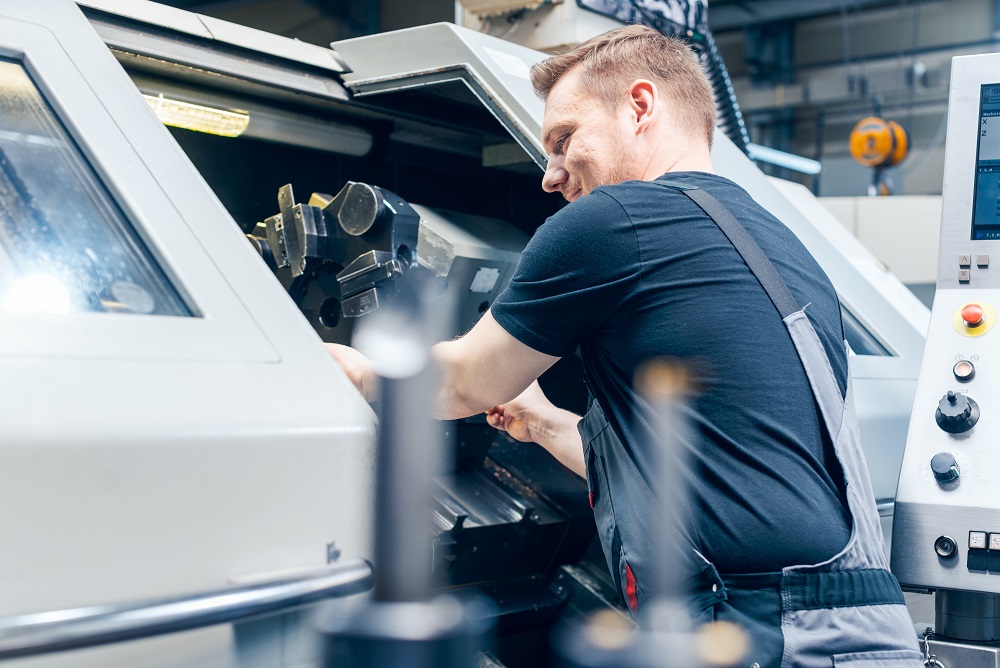Coolant management covers the wide array of processes that shop workers follow to conserve and maintain their cutting fluid. When operators make efforts to reduce coolant usage and keep it clean, they’re practicing proper coolant management. This can involve carefully maintaining a specific concentration or pH in the sump, proper machine cleaning or using fluid recyclers, mixers, and sump suckers to remove impurities that could hinder performance or lead to fluid loss.
Master Fluid Solutions® invented the earliest cutting fluid recycling systems in the 1970s, and turned coolant management into a mainstream, industry-standard practice.
In manufacturing, one of the best ways to improve profits is to reduce waste — be it in time, movement, energy, or material. Even though cutting fluid comprises less than 1% of a total operating budget, practicing proper coolant management can lead to major savings in other areas. Not only does proper coolant management directly prevent waste and reduce annual purchase volume for cutting fluid, but it also can have a major impact on labor efficiency and productivity.
Here’s how:
Lower Machine Maintenance
Regularly using equipment like sump clean-out systems will keep fluid free of chips and other contaminants. Otherwise, this sludge can collect tramp oil, reduce fluid volume in the coolant sump, and create an ideal environment for bacteria to grow. This creates thick sludge that can clog pipes, hoses, filters, and coolant through systems and result in a machine shutdown and additional cleaning and maintenance costs..
Less Cleaning
Equipment like fluid recyclers, mixers, and centrifuges can keep fluid in top condition with minimal machine downtime. Unexpected work stoppages due to coolant issues cause major decreases in productivity, but frequent scheduled maintenance due to coolant issues can be just as costly. Using automated cleaning equipment and fill systems keeps operations running uninterrupted to not only maintain productivity, but also drastically increase it.
Fewer Fluid Changes
Using maintenance equipment and proper techniques to keep cutting fluid clean provides another major benefit: it lasts longer. Reduced coolant consumption contributes to direct cost savings, since manufacturers can purchase fewer quantities each year, and reduces impact on the environment.
What’s more, the impact of less coolant consumption on labor utilization can be even more impressive. Depending on the size of the sump, turning off equipment, emptying out fluid, cleaning the machines, and recharging with new fluid can be incredibly time consuming. The fewer times workers need to do this per year, the more they can produce.
Lower Cutting Tool Costs
Coolant management doesn’t just cut down on fluid waste — it also helps cutting tools last longer. Like coolant change outs, replacing worn out cutting tools often requires workers to shut down machines and takes time. Multiple tool changes per day, per machine can significantly lower productivity by the end of each year. The longer cutting tools are kept operational, the less often they need replacement, and the more time operators can spend working.
Proper coolant management can be a labor-intensive process, but the cost savings are well worth the effort. Even more, it can help workers operate machines more efficiently and achieve higher throughput, simply by reducing machine downtime, and will improve a manufacturer’s overall environmental footprint.
To learn more about best coolant management practices, call +1 800-537-3365 or email us at info@masterfluids.com.

